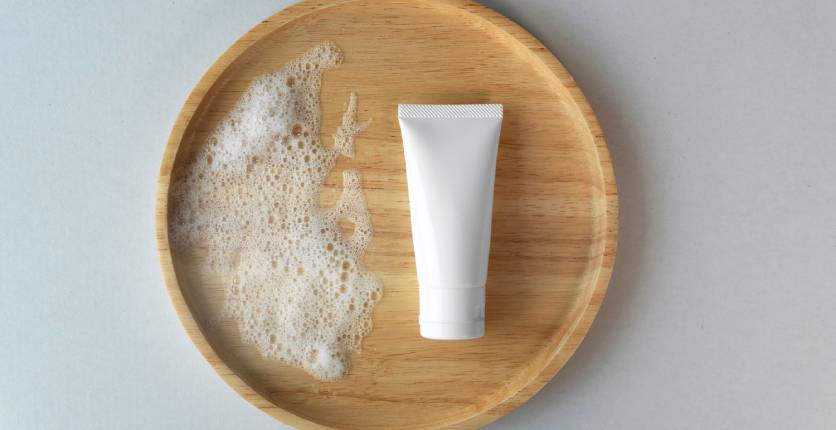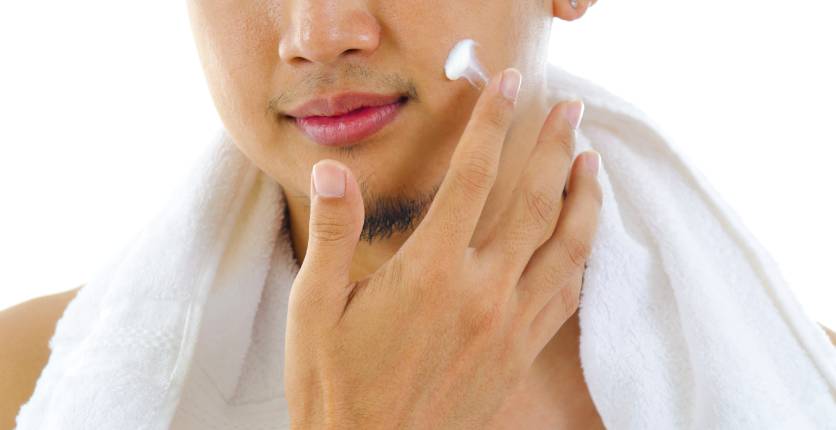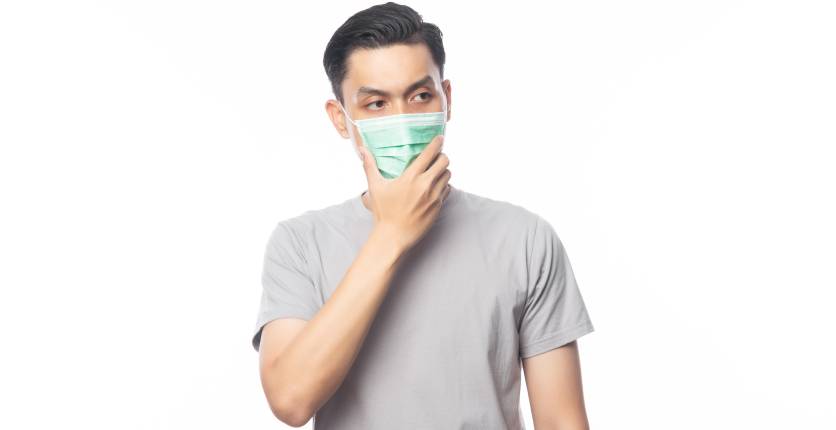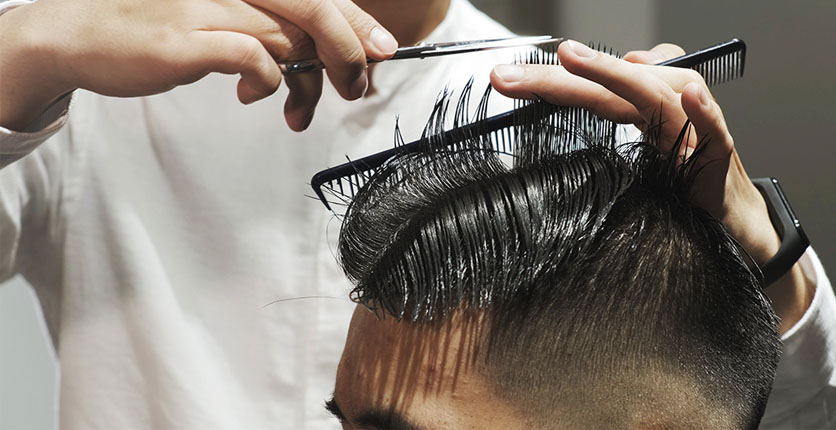Mask + acne = Maskne. This easily-understandable equation is not necessarily true, but the end result of facial skin problems is getting more widespread with the general populace masking up to prevent the transmission of COVID-19. But, it’s not a new problem – the medical term for maskne is acne mechanica, a skin condition arising from the prolonged wearing of facial personal protective equipment.
Acne is usually caused when pores get clogged by dirt, oil, dead skin cells or bacteria, leading to pimples, whiteheads, blackheads or even more serious acne cysts. Add the friction, heat, sweat, occlusion (the blockage of the skin from “breathing”) and the moisture brought about by wearing a mask, and your face could become a prime space for an acne breakout. And acne may not be the only skin problem: folliculitus (hair follicle infection), rosacea (inflamed skin rash or redness) and allergic contact dermatitis (skin redness or itchiness brought on by an allergic reaction) can also occur. Yikes!
But, it’s not all gloom and doom for your countenance; there are easy no-fuss steps to prevent having “bad face” days. Try these 6 simple tips for keeping your best face on, whether for when it’s “masks on” or “masks off”.

Clean Your Mug Daily
By mug, we mean your face. Wash your face regularly, preferably once in the morning and before you hit the sheets. And, if possible, before or after any prolonged mask-wearing; it helps to have a clean face before putting on your mask, and especially so after, since you could have perspired, sneezed or coughed while wearing one.

Gentler Cleansing
Since you might be washing your face more regularly, use a gentle cleanser that is free from alcohol, perfume or any ingredients that might irritate your face. If you have sensitive skin or are already suffering from acne, try approaching the pharmacist or your doctor to get a recommended medicated cleanser. Regardless, do remember to treat your skin nicer by using lukewarm water and a soft face towel when washing your face, and not just soap and cold tap water. (You can also deep clean at least once a week on a non-mask-wearing day to rid yourself of accumulated days-old gunk and dead skin cells by trying these scrubs here.)

Make Moisturiser A Must
Start a proper skincare routine by using a moisturiser (before and after, cleansing and wearing your mask) to maintain your skin’s health. It can act as a barrier between your face and your mask, reducing any abrasions while keeping your face protected against environmental stressors (e.g. sun and air-conditioned air). Look for non-comedogenic products (ones that do not contain pore-clogging or -blocking ingredients), or that have ceramides (to help strengthen the skin’s natural barrier and relieve irritation), dimethicones (to help prevent dry, rough, itchy, scaly skin and minor skin irritations) or hyaluronic acid (to help keep skin hydrated). It’s also best to avoid those that have perfume, have rich formulations or contain harsh chemical ingredients that could trigger sensitive skin or clog your pores on days you need to wear a mask out. You can also try applying a thin layer of topical antibiotic cream or gel before you put on your mask to help kill facial bacteria that can cause acne.
Break Up With Makeup
Go barefaced – leave the concealer (or any other cosmetics) at home. Makeup that’s worn under a mask can lead to clogged pores and breakouts and can also dirty your mask.

Mask Up Right
Not all masks are made for all. Choose one that doesn’t fit too tight and is made of softer natural material like cotton – synthetic materials such as rayon or nylon can irritate sensitive skin. Whenever possible, take off your mask for a short 15-minute break every 4 hours to let your skin breathe. Naturally, you should do so only when you are socially-distanced from other folk and are able to wash your hands before taking off your mask and putting it back on, such as when you are in a washroom.
Care For Your Mask, Too
If you use a disposable face mask, dispose it after one use – don’t keep re-wearing the same piece in an effort to save money or the environment. And, if you are really hoping to be eco-conscious, opt for cotton fabric ones. Just make sure to wash your mask with a hypoallergenic or fragrance-free laundry detergent or powder (so your skin won’t be irritated by these cleaning products) before and after use to clean it of dirt, oil and bacteria.
Featured image: Shutterstock








